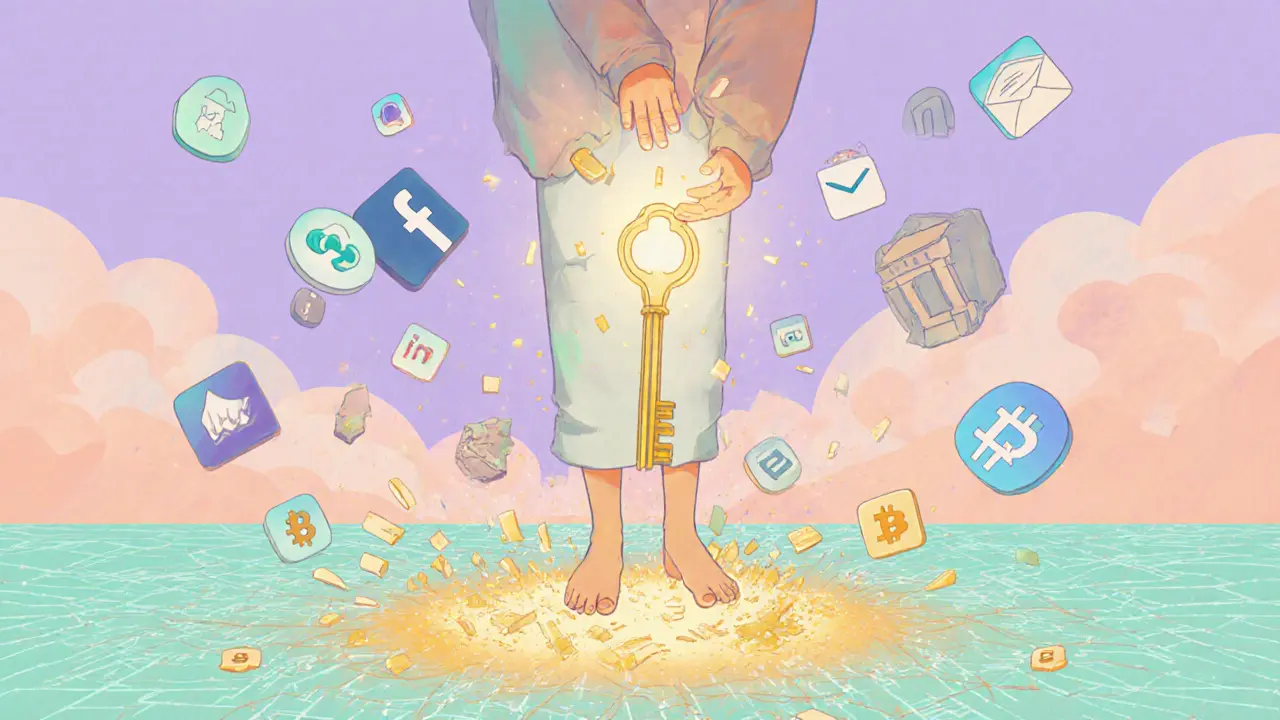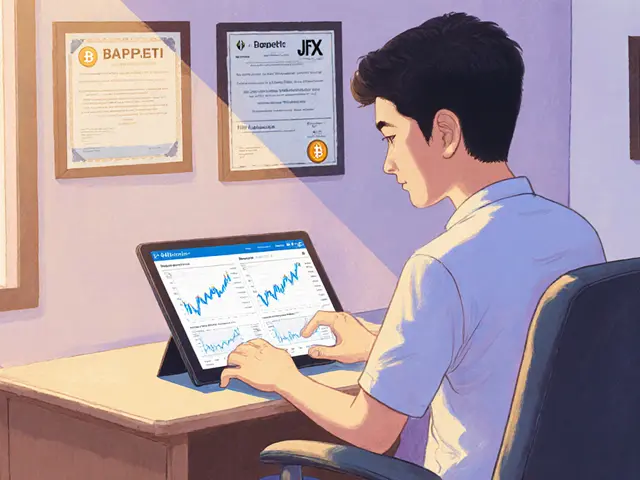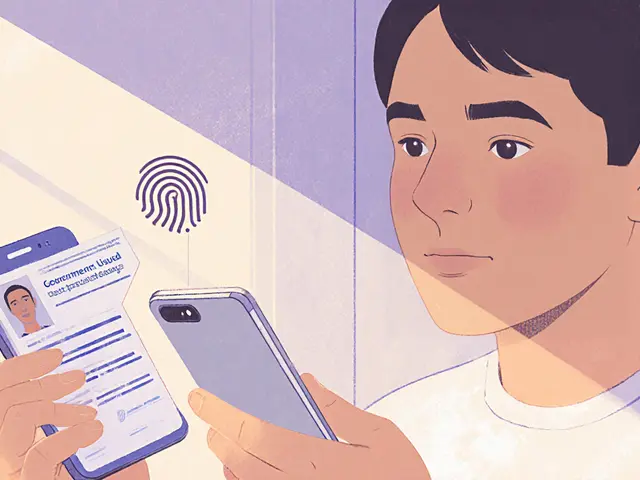Decentralized Applications: What They Are and How They Power Crypto Today
When you hear decentralized applications, software that runs on blockchain networks instead of centralized servers. Also known as DApps, they’re the backbone of everything from crypto wallets to automated lending platforms. Unlike regular apps that rely on companies like Google or Apple to run their servers, DApps use code stored on public blockchains — meaning no single person or group controls them. This is why you can trade tokens, lend crypto, or play games without needing approval from a bank or tech giant.
Most DApps run on Ethereum, but you’ll also find them on Solana, TON, and Polygon. They connect directly to your crypto wallet, a digital tool that holds your tokens and signs transactions, so you’re always in charge of your money. That’s why platforms like Cube Exchange and Amaterasu Finance — even if they’re dead or risky — still count as DApps: they let you trade without handing over your keys. And when you see something like MagicCraft’s MCRT airdrop or Bit.Country’s NUUM token, those are DApps too — they’re built to reward users directly on-chain, not through a corporate dashboard.
What makes DApps different isn’t just the tech — it’s the trust model. No middlemen. No account freezes. No hidden fees buried in terms of service. But that freedom comes with risk. A DApp can be a game-changer, or it can be a honeypot like PEPE TRUMP, designed to trap your funds. That’s why the posts below don’t just list DApps — they dig into what’s real, what’s dead, and what’s worth your time. You’ll find reviews of exchanges that run on DApp tech, breakdowns of tokens tied to decentralized platforms, and guides on how to use them safely. Whether you’re chasing an airdrop, trying to understand state channels, or just wondering why your wallet connects to a DApp at all, the answers are here — no fluff, no hype, just what works.






